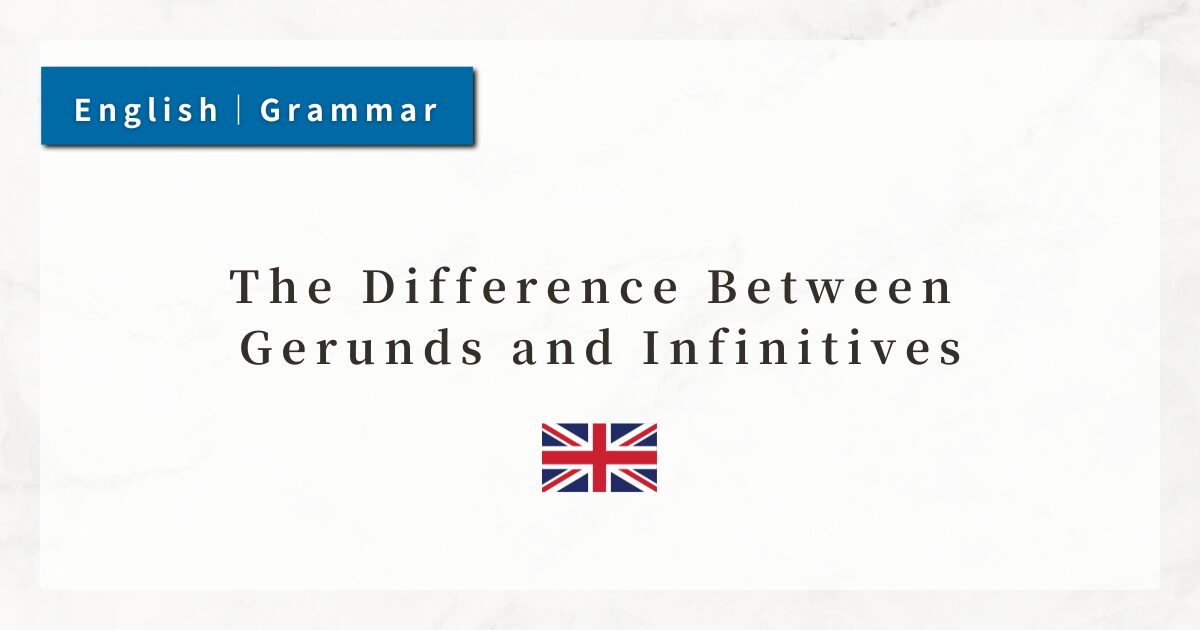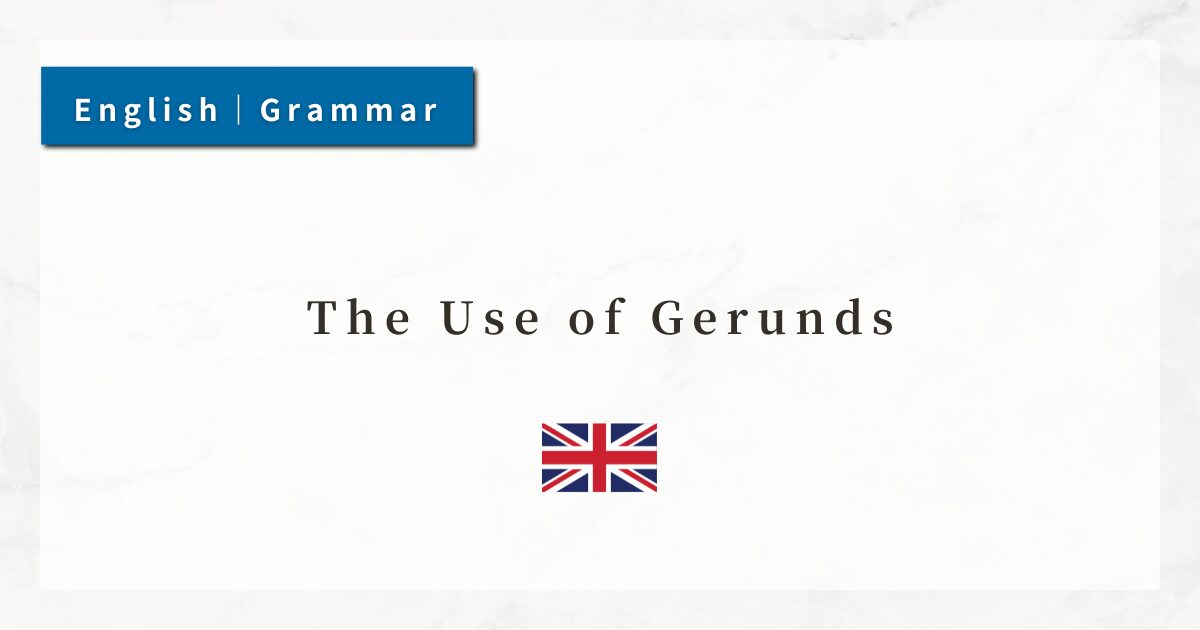#10 The Usage of Demonstrative Pronouns|Explanation of This / That / These / Those

When I use words such as “this,” “that,” “these,” and “those” in English, I rely on demonstrative pronouns. These pronouns must be chosen carefully depending on two factors: distance from the speaker (near or far) and number (singular or plural).
In this lesson, I will explain the basic rules of demonstrative pronouns, common usage patterns, and frequent mistakes to avoid, with detailed examples.
1. What Are Demonstrative Pronouns?
1-1. The Basics
Demonstrative pronouns are used to indicate specific people or things in relation to the speaker. English has four demonstratives: this, that, these, those.
They are selected based on distance from the speaker and whether the subject is singular or plural.
| Distance | Singular | Plural |
|---|---|---|
| Near | this | these |
| Far | that | those |
1-2. Distinguishing by Distance
this / these
Used for objects or topics close to the speaker. These often refer to things that are physically nearby or in hand.
that / those
Used for objects farther away from the speaker, or closer to the listener. They can indicate both physical and psychological distance.
1-3. Distinguishing by Number
- this / that → Singular (used for one item)
- these / those → Plural (used for two or more items)
1-4. Usage in Sentences
Demonstratives can serve as pronouns, replacing nouns as subjects, complements, or objects, or they can act as modifiers, functioning like adjectives before nouns.
- This is my bag. (This = pronoun)
- I like this bag. (This = adjective modifying bag)
2. Key Points of Demonstrative Pronouns
2-1. this / these: Close to the Speaker or Current Topic
This / these indicate something physically near the speaker, or something currently being discussed or happening.
- This chair is comfortable.
- Listen to this story.
2-2. that / those: Distant Objects, Listener’s Side, or Past Topics
That / those are used for items farther away, closer to the listener, or for past events or previously mentioned topics.
- That car is expensive.
- I remember that day.
- Those cookies look delicious.
2-3. Used Alone vs. With a Noun
Demonstratives can stand alone as pronouns or be used with a noun as adjectives. The presence or absence of a noun determines whether the usage is pronominal or adjectival.
- This is amazing.
- This movie is amazing.
2-4. Nuances in Conversation
In conversation, this / these often indicate the speaker’s “here and now,” emphasizing closeness and immediacy. By contrast, that / those imply distance, separation, or belonging to the listener.
- This coffee is great.
- That coffee looks good.
3. Summary
- Demonstrative pronouns change depending on number (singular/plural) and distance (near/far).
- this / these → near.
- that / those → far.
- They can be used either alone as pronouns or before nouns as modifiers.
- Pay attention to verb forms (is / are) when distinguishing singular from plural.
- In conversation, this / these express what the speaker feels close to “here and now,” while that / those point to something more distant.




